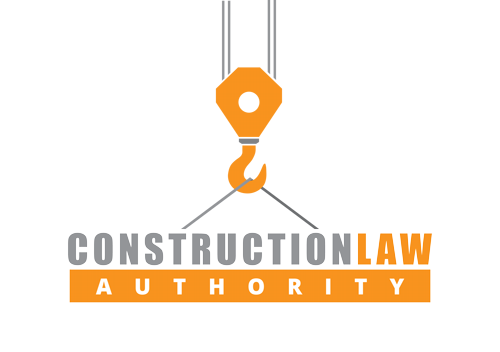The Pitfalls of Professional Liability Insurance Coverage
No matter how well a building is built or how good it looks, if its design is faulty, quality craftsmanship and aesthetics will not matter. That is something the developers of the Harmon hotel tower in Las Vegas learned the hard way. After spending $279 million to construct the hotel, they were informed that the hotel must be demolished without ever opening, due in large part to design defects.
The developers likely quickly thought of their designers’ professional liability coverage as a potential source of funds to pay their damages. However, with potentially in excess of $300 million in damages, it is unlikely that even combining multiple designers’ coverage limits there will be enough coverage to pay the full amount of the damages resulting from their design errors.
While the Harmon hotel tower might be an extreme example, ensuring that sufficient insurance coverage is available when you need it should be a concern on any construction project. With professional liability coverage, however, the issue is more complex than simply requiring what you believe to be a sufficient amount of coverage in your contract with a design professional. These complexities can also be addressed in your contracts with design professionals, though.
For example, professional liability policies typically only provide coverage for claims submitted during their policy periods. If design defects are not discovered until after the project is completed, policies providing coverage during construction will not be of any value. Therefore, it is important to require a design professional to continue to purchase the desired coverage for some time after the project is completed.
Also, a professional liability policy’s limit is typically depleted as money is spent defending the designer against claims. Further, the amounts spent defending the designer against all claims made during the policy’s coverage period are typically deducted from its limit, not just the insurance company’s costs to defend the designer against your claim. Therefore, it is possible that by the time your claim is made, the designer’s coverage has already been spent defending the designer against other claims, leaving nothing to pay your claim. To help avoid being left without coverage, you could contractually require the designer to provide you with updates on the available limits left on its policies and replenish the coverage, if the coverage remaining falls below a certain amount.
Finally, it is important to be aware that some designers have resorted to increasing the amounts of their deductibles or “self insured retentions” (amounts that the designer must pay on claims before the insurance company is obligated to start paying) to lower their premiums. In such a case, while the policy limit might be satisfactory, the policy might be worthless if the deductible or self insured retention is high enough. For example, if the designer increases its self insured retention to $500,000 or $1,000,000 and your damages total less than that amount, it will be like there was no insurance coverage at all. However, just as you can contractually require a minimum amount of coverage, you can also prohibit the designer from increasing its deductible or self insured retention above a certain maximum amount.
Insurance coverage can generally be an invaluable resource when things go wrong. However, in the case of professional liability policies, there are several issues that deserve special attention when negotiating with a design professional, to make sure the desired coverage is available when you need it.


No Comments